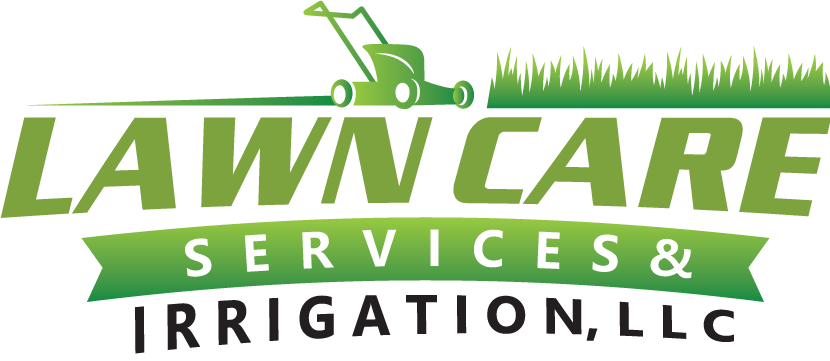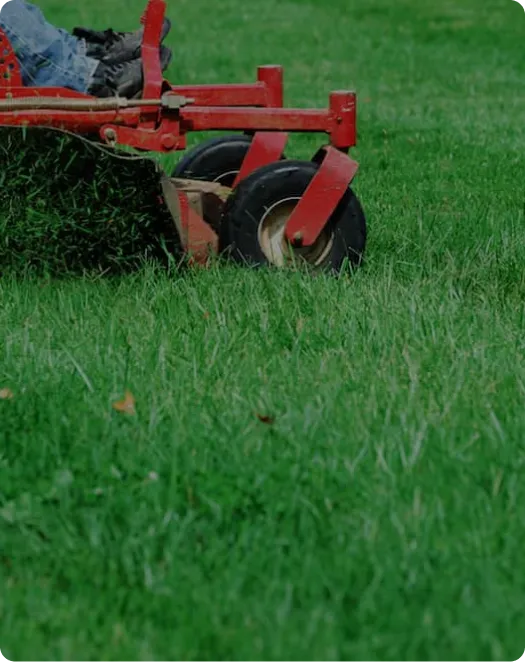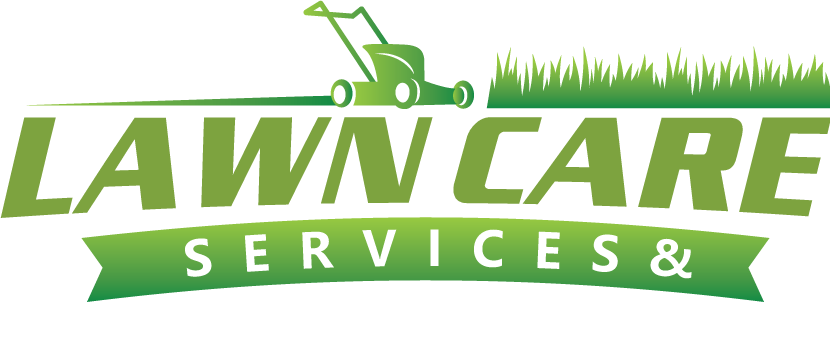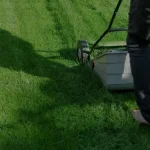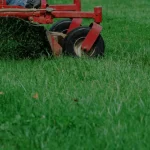A beautiful lawn is a source of pride for many homeowners, but it can also present a variety of challenges. Understanding common lawn problems and how to address them can help you maintain a healthy, attractive yard. Here are five common lawn issues and practical solutions to fix them.
1. Brown Patches
Cause: Brown patches can be caused by a variety of factors including fungal diseases, drought, or pet urine.
Solution:
- Fungal Diseases: Apply a fungicide specifically designed for the type of fungus affecting your lawn. Ensure good lawn care practices like proper watering and mowing.
- Drought: Water your lawn deeply and infrequently. Ensure the soil is getting at least 1 inch of water per week.
- Pet Urine: Train pets to use a designated area. Water the affected areas thoroughly to dilute the urine and prevent damage.
2. Weeds
Cause: Weeds can quickly take over a lawn, competing with grass for nutrients, water, and sunlight.
Solution:
- Pre-emergent Herbicides: Apply pre-emergent herbicides in early spring to prevent weed seeds from germinating.
- Post-emergent Herbicides: Use post-emergent herbicides to tackle existing weeds. Spot treatment is often more effective and environmentally friendly.
- Manual Removal: Regularly inspect your lawn and remove weeds by hand, ensuring you get the roots to prevent regrowth.
3. Thatch Buildup
Cause: Thatch is a layer of dead grass, roots, and debris that can build up between the soil and the grass blades, preventing water, air, and nutrients from reaching the roots.
Solution:
- Dethatching: Use a dethatching rake or machine to remove the thatch layer. This is best done in early spring or fall when the grass is actively growing.
- Aeration: Aerate your lawn annually to prevent thatch buildup and improve soil health.
4. Bare Spots
Cause: Bare spots can be caused by heavy foot traffic, pest damage, or disease.
Solution:
- Soil Preparation: Loosen the soil in bare spots and add compost or a soil amendment to improve soil quality.
- Overseeding: Apply grass seed to the bare areas. Choose a seed mix appropriate for your lawn type and climate.
- Watering: Keep the area moist until the new grass is established. Avoid heavy foot traffic on the new grass until it is fully grown.
5. Pests
Cause: Lawn pests such as grubs, chinch bugs, and armyworms can cause significant damage to grass.
Solution:
- Identification: Identify the specific pest affecting your lawn. Different pests require different treatments.
- Treatment: Use appropriate pesticides or natural remedies to control the pest population. Follow all label instructions carefully.
- Prevention: Maintain a healthy lawn through proper mowing, watering, and fertilization to prevent pest infestations.
Conclusion
A healthy lawn requires vigilance and prompt action to address problems as they arise. By understanding common lawn issues and implementing these solutions, you can enjoy a beautiful, lush lawn year-round. Remember, consistency and proper lawn care practices are key to preventing many of these problems in the first place.
